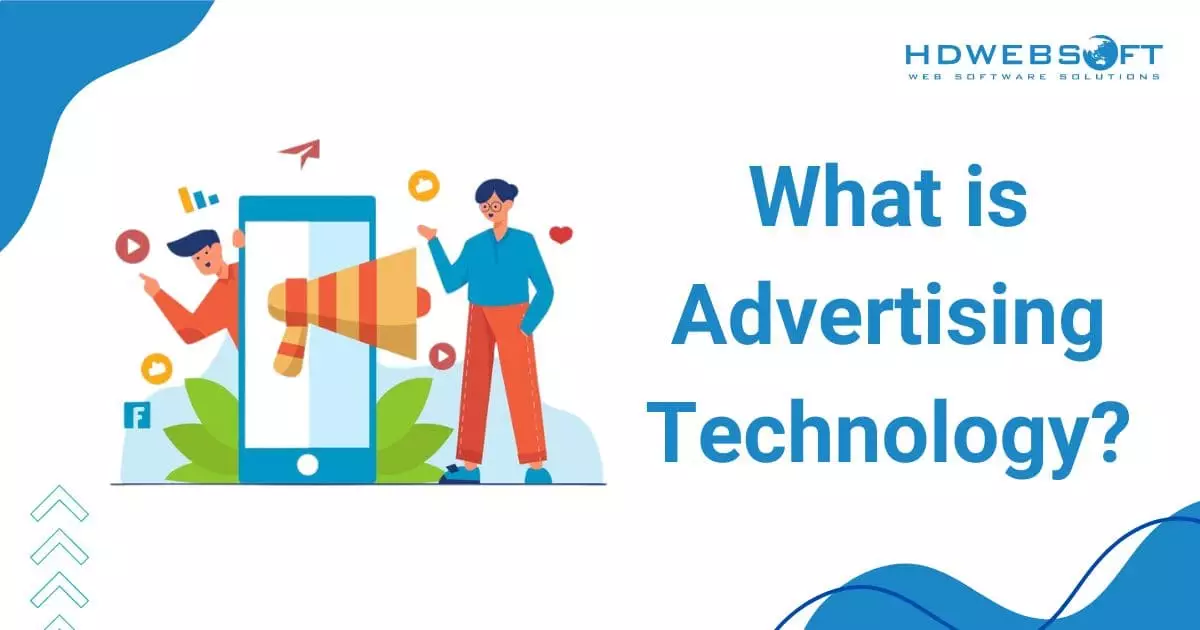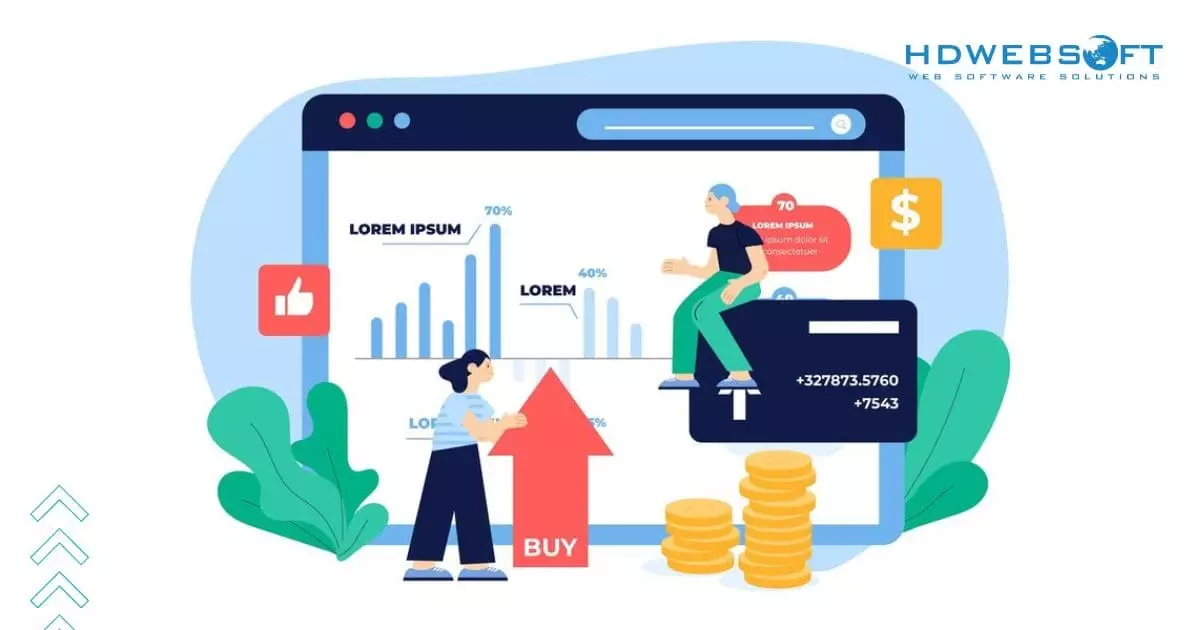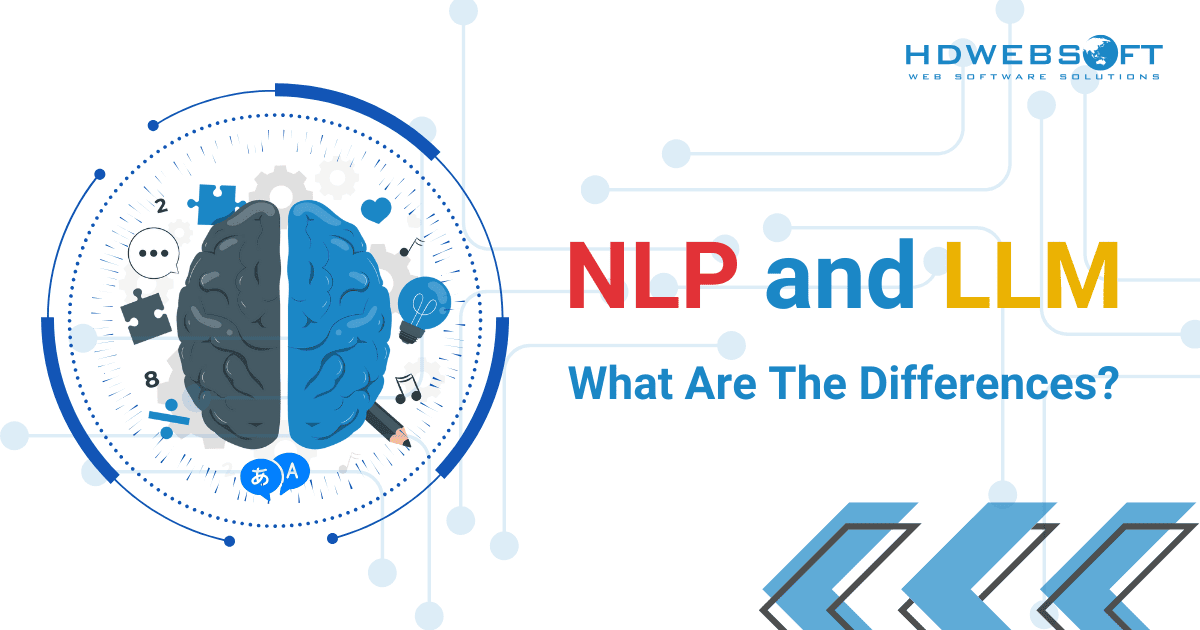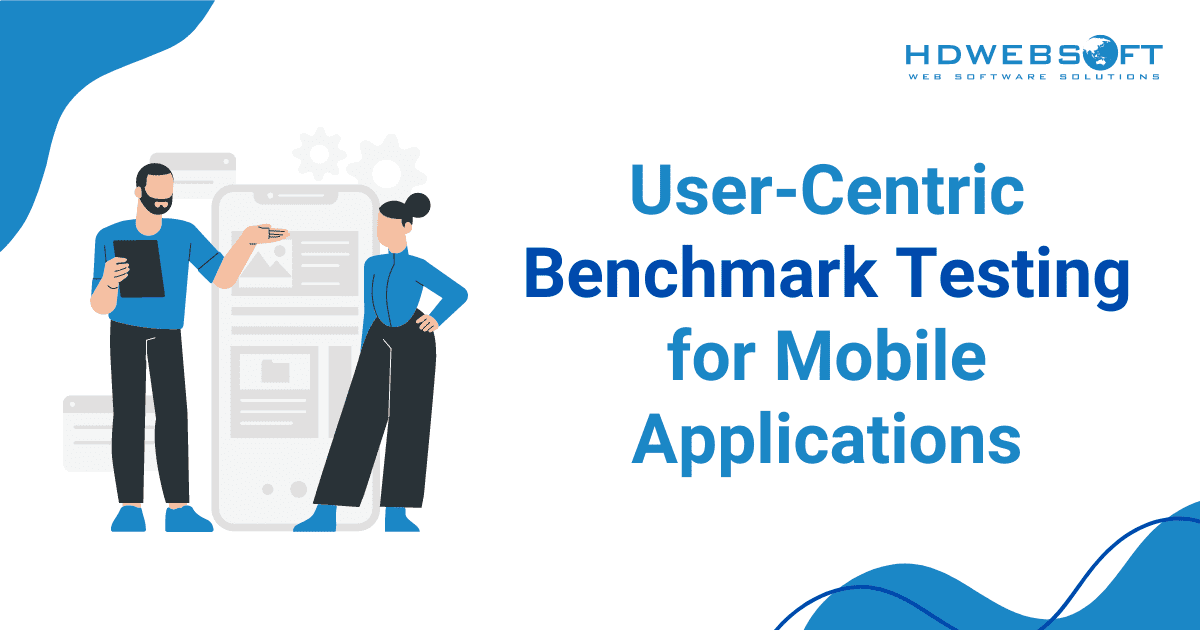
What is Advertising Technology? An Introduction
Advertising technology has come a long way from billboards and TV commercials. We’re in an age where ads are tailored to browsing habits, social media engagements, and outside weather. This level of precision and personalization is powered by adtech.
Whether you’re scrolling through Instagram, watching YouTube, or simply searching on Google, AdTech is working behind the scenes to deliver the most relevant ads to you. But how did we get here, and where is this rapidly evolving space headed?
In this blog, we’ll explore the world of advertising technology and go through some key terms. We’ll also differentiate between AdTech and its cousin, MarTech, and explore the latest trends shaping the advertising industry.
What is Advertising Technology?

At its core, advertising technology refers to the digital tools and platforms used to manage, deliver, and analyze advertising campaigns. Its main purpose is to help advertisers connect with their audiences and manage digital ad campaigns. Essentially, adtech allows advertisers to target, deliver, and analyze ads more efficiently, simplifying the entire process of running digital campaigns.
This kind of technology covers everything from the creation of ads to their placement across different platforms. It also includes tracking their performance, whether on websites, mobile apps, or video streams.
A Brief History of Adtech
Adtech has evolved dramatically since the early days of the internet. It all began in the mid-1990s with AT&T’s launch of the first banner ad in 1994, marking the beginning of digital advertising. In the same year, Netscape introduced cookies to track user behavior online, marking a pivotal moment in digital advertising.
The mid-90s saw major developments, with FocaLink Media Services launching the first ad server in 1995, revolutionizing ad delivery and management. A year later, DoubleClick, a key ad network leveraging cookies, was established. The formation of the Internet Advertising Bureau (IAB) shortly after helped build confidence in online advertising technology. It sets standards and regulates ad formats and practices.
During this era, online ads were static and simple, mostly in the form of banner ads placed on websites.
Then, in the early 2000s, Google AdWords was introduced, revolutionizing how ads were targeted through keyword-based bidding. This gave rise to pay-per-click (PPC) advertising, allowing companies to target users more efficiently.
Today, adtech continues to evolve with the integration of AI, ML, and big data. These technologies allow personalized ad experiences across multiple platforms while addressing privacy concerns through more sophisticated data management practices.
Six Terms in Advertising Technology

The world of technology for advertising can sometimes feel like you’re swimming in a sea of jargon. To clarify things, we’ll go through the six terms that will help you understand how the digital ad ecosystem works. Whether you’re a marketer or simply curious about the digital world, these terms are essential to know.
Martech
Let’s start with a close cousin of advertising technology—Martech, which is short for marketing technology. While AdTech focuses on buying, managing, and delivering ads, Martech is centered around tools and platforms to manage marketing efforts. This technology also helps optimize those efforts for better results.
Martech tools include everything from email marketing platforms to customer relationship management (CRM) systems. Think of Martech as a broader ecosystem that supports the entire customer journey, whereas AdTech focuses on the paid advertising side of that journey. The two often overlap, but understanding their distinct roles is crucial.
Programmatic Advertising
If you’ve ever heard someone talk about “automated” ad buying, they’re likely referring to programmatic advertising. This process uses software and algorithms to automatically buy and sell ad space, rather than doing it manually. As a result, it’s fast, efficient, and allows advertisers to bid on ad space in real time.
The beauty of this advertising technology is that it uses data to determine the best audience for an ad. Consequently, this ensures it reaches the right people at the right time.
For illustration purposes, imagine having a personal assistant who buys ad space for you and ensures it’s in front of the right crowd. In essence, this is what programmatic advertising does.
Demand-Side Platform (DSP)
A DSP is a piece of software that advertisers use to purchase digital ad space in an automated way. DSPs allow advertisers to bid on inventory across multiple websites or apps at once, saving time and effort.
While advertisers set parameters such as target audience, budget, and performance metrics, the DSP handles the bidding in real-time. This is where the magic of programmatic advertising happens, allowing for highly efficient and targeted ad placements. In a nutshell, DSPs help advertisers get their ads in front of the right audience with minimal hassle.

DSP is a useful advertising technology that advertisers can bid to get the ads to targeted audiences.
Supply-Side Platform (SSP)
While advertisers use DSPs, SSPs are tools publishers use to sell their ad inventory within the realm of advertising technology. SSPs connect publishers to multiple demand sources, ensuring they get the highest possible price for their ad spaces.
Imagine it’s like an auction house, but instead of selling art, SSPs are selling digital real estate. This can be either on a website, app, or video stream. SSPs work hand-in-hand with DSPs to aid the buying and selling process, making sure both sides get the best deal possible.
Ad Server
An ad server is the technology that actually delivers ads to websites and apps. It’s responsible for storing the ads, selecting which one to show, and then serving it to the user. Additionally, ad servers track how many times an ad is shown and clicked on, providing valuable performance data.
Think of an ad server like a digital billboard manager. In this role, it controls which ads go up, when they go up, and how often they appear. Furthermore, without ad servers, it would be impossible to effectively run and monitor digital ad campaigns.

An ad server is an advanced advertising technology for storing ads to choose from which one to show.
Real-Time Bidding (RTB)
RTB is an integral part of programmatic advertising technology. When you visit a website, a behind-the-scenes auction takes place in milliseconds to determine which ad you’ll see. This is RTB in action.
Advertisers place bids for the ad space in real-time, and the highest bidder wins. As a result, RTB allows advertisers to target specific users effectively while making sure ads are shown to those who are most likely to engage. The speed and precision of RTB are what make programmatic advertising so powerful. Hence, why it’s become a cornerstone of modern advertising technology.
Further Reading: Adtech Ecosystem and How It Powers the Industry.
Adtech vs Martech
While they sound similar, they serve distinct roles within the larger ecosystem of how businesses reach and engage with audiences. If you’re a bit confused about the difference between the two, don’t worry—you’re not alone. Let’s break down their differences and how they work together to power today’s marketing strategies.
The key differences
To make things clearer, here’s a breakdown of the key differences between Adtech and Martech:
| Category | Advertising Technology | Marketing Technology |
| Purpose | AdTech is focused on managing and delivering paid advertisements to the right audience. | Martech handles broader marketing efforts like lead generation, content marketing, and customer engagement. |
| Primary channel | Paid advertising platforms like Google Ads, social media ads, display networks, and programmatic advertising. | Owned and earned media such as email marketing, websites, social media, and organic search. |
| Tools involved | Ad servers, demand-side platforms (DSPs), supply-side platforms (SSPs), and programmatic advertising tools. | Marketing automation software, customer relationship management software (CRM), content management systems (CMS), and email marketing platforms. |
| Target audience | Focuses on reaching new audiences or retargeting users through paid media | Aims to nurture leads, build long-term relationships with customers, and improve customer retention. |
| Data focus | Relies heavily on third-party data, user behavior tracking, and real-time bidding to target ads. | Primarily uses first-party data gathered through customer interactions with websites, emails, and apps. |
| Example | Showing a targeted Facebook ad to a potential customer who fits a specific demographic. | Sending an automated welcome email to a new subscriber through an email marketing tool. |
How Adtech and Martech work together
While advertising technology and Martech serve different roles, they work hand-in-hand to support a company’s overall marketing strategy. Here’s how:
- Lead Generation and Nurturing: AdTech helps generate leads by putting paid ads in front of new audiences. Martech tools, such as CRM and email marketing platforms, then nurture those leads, converting them into long-term customers.
- Data Sharing: The data collected from AdTech tools about user behavior and ad performance can be shared with Martech platforms to refine future campaigns. For example, insights from an AdTech campaign help a Martech platform better segment email lists or personalize content for users.
- Customer Journey Optimization: AdTech focuses on the top of the funnel, reaching new audiences and driving awareness. Martech tools then engage those users at different stages of the customer journey. They make sure of a smooth experience from discovery to conversion.
Emerging Advertising Technology Trends
As consumers’ preferences change and new regulations emerge, advertisers need to adapt quickly to stay ahead of the curve. Let’s take a closer look at some of the most significant trends shaping the advertising technology industry today.
Shift to First-Party Data
One of the biggest shifts in adtech is the move towards first-party data. As privacy regulations tighten and third-party cookies are phased out, advertisers increasingly rely on first-party data, information collected directly from their users. This data is more accurate and transparent since it’s gathered with the user’s consent, making it a valuable brand asset.
With platforms like Google and Apple implementing stricter privacy policies, companies are focusing on building direct relationships with their audiences. This shift forces advertisers to rethink their strategies and find new ways to collect data. Specifically, they focus on direct interactions like email subscriptions, loyalty programs, and user engagement on owned platforms.
Ultimately, first-party data will become the gold standard for targeted advertising.
Check out HDWEBSOFT Data Analytics Software Development.
Contextual Advertising and Video Ads
As the era of cookies comes to an end, contextual advertising is making a major comeback. Instead of tracking user behavior across multiple sites, contextual advertising technology targets users based on the content they’re currently viewing.
For instance, if you’re reading an article about fitness, you might see ads for workout gear or health supplements. This approach is privacy-friendly and ensures that ads are relevant to the user’s immediate interests.

Ads are targeted based on the context of the user’s current web page with contextual advertising.
Moreover, video ads continue to gain popularity, especially on mobile devices and social media platforms. Video content is highly engaging, so it’s no surprise that it accounts for a significant portion of digital ad spend. As internet speeds increase and video production becomes more accessible, we can expect video ads to play an even larger role in the advertising industry.
CTV and Advertising
Connected TV is another trend that’s reshaping advertising technology. More people are cutting the cord and turning to streaming services for entertainment, which has opened up opportunities for advertisers. In particular, CTV ads are displayed on internet-connected devices like smart TVs, streaming platforms, and even gaming consoles.
CTV advertising allows for better targeting and personalized ads, making it a growing part of the digital advertising ecosystem. According to a recent report, U.S. CTV ad spending is expected to reach $46.84 billion in 2028. As more households adopt smart TVs and ditch traditional cable, the demand for CTV ads will only increase.
AI for Automation and Fraud Detection
Artificial intelligence is revolutionizing adtech by making processes more efficient and accurate. AI-powered automation helps advertisers streamline tasks like ad bidding, targeting, and performance tracking, freeing time to focus on creative strategies. For instance, programmatic advertising—where ads are bought and placed automatically using AI—is becoming increasingly sophisticated.
In addition to automation, AI plays a crucial role in combating ad fraud. Fraudulent activities like fake clicks, bots, and deceptive impressions cost the industry billions each year. However, AI can detect fraud patterns in real-time, ensuring that ad budgets are spent wisely and only on legitimate interactions.
Social media platforms continue to be a dominant force in advertising technology. Thanks to billions of active users, platforms like Facebook, Instagram, TikTok, and YouTube offer advertisers a massive audience to reach. Moreover, social media ads are highly targeted, leveraging user data to deliver personalized messages based on interests, behaviors, and demographics.

Social media has always been a choice for advertising, and it will continue to be in the near future.
The trend of shoppable ads—where users can make purchases directly from an ad—has further cemented the importance of social media in the advertising ecosystem. In fact, this effort integration of shopping and advertising is gaining popularity quickly. As social commerce grows, businesses are finding new ways to integrate advertising directly into the user experience. Ultimately, this makes it easier than ever to turn engagement into sales.
Final note
Advertising has evolved from simple banners and commercials to a highly sophisticated, data-driven machine. Advertising technology has been the engine behind this transformation. It’s been giving brands the ability to target, optimize, and measure their ad campaigns with incredible precision.
Understanding the basics of advertising technology is essential for creating effective ad campaigns. Additionally, staying on top of the latest trends can help you leverage these tools to make your campaigns more personalized and innovative.
So, whether you’re a seasoned marketer or just getting started, it’s time to embrace the future of advertising!









